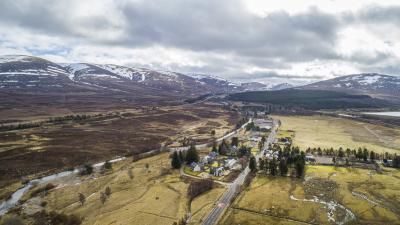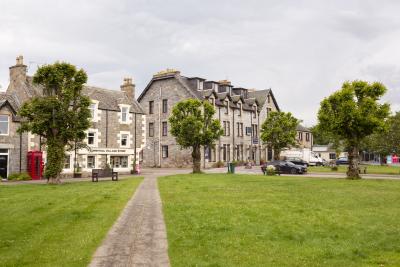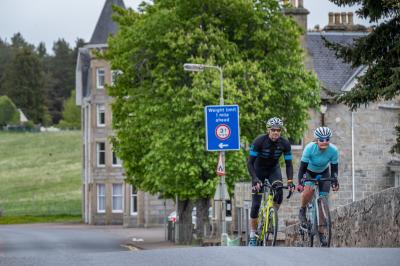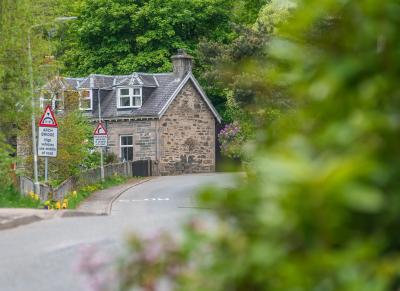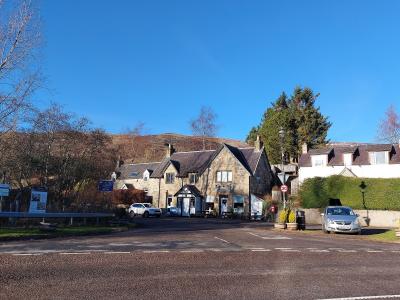Dulnain Bridge
Drochaid Thulnain
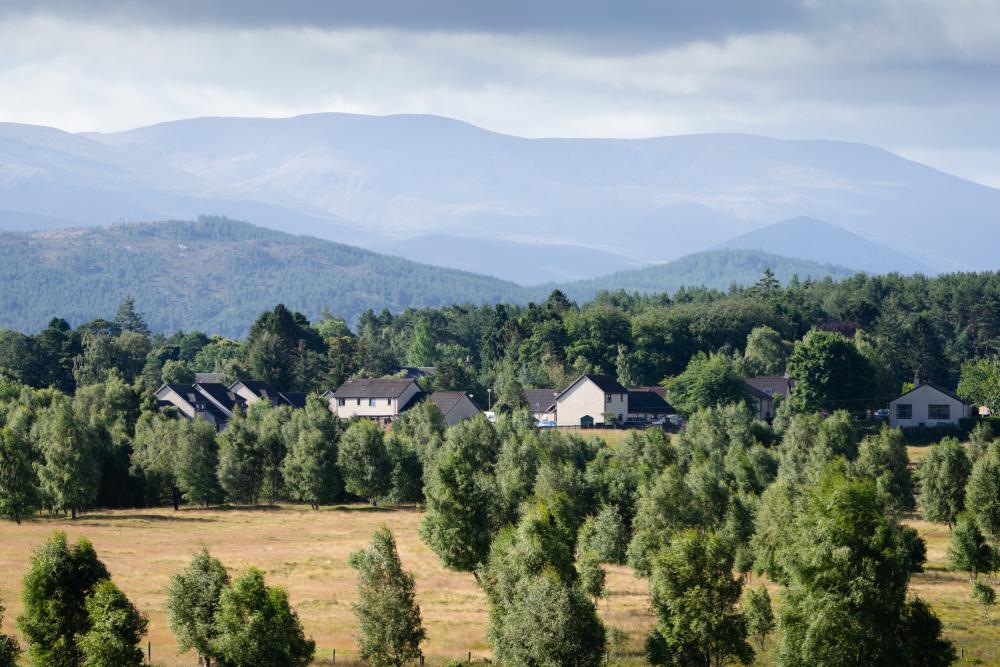
Set among a sea of woodland, Dulnain Bridge sits along the last reaches of the River Dulnain before it flows into the River Spey. Its centuries-old bridge, the village’s namesake, historically separated the counties of Morayshire and Inverness-shire.
With a population of less than 200, this Speyside village is small, but it has several amenities. These include a town hall, village shop, garage, play park, a post office and multiple accommodation options. The crofting community of Skye of Curr to the south plays an active role in village life, too, and provides allotment opportunities for locals who don’t have their own garden or growing space.
Dulnain Bridge has five community paths that wind through the surrounding woodlands, taking in local historical and natural points of interest. These include Muckrach Castle, a restored sixth-century castle; the Roches Moutonnées, glacial rock features that occur throughout the Cairngorms National Park; and places for spotting some of Scotland’s most elusive wildlife, such as stoats, roe deer and red squirrels. There are signs of early life in the region, too, in the form of Pictish carved stones and the two Stone Age coffins found in a burial cairn in Curr Wood.
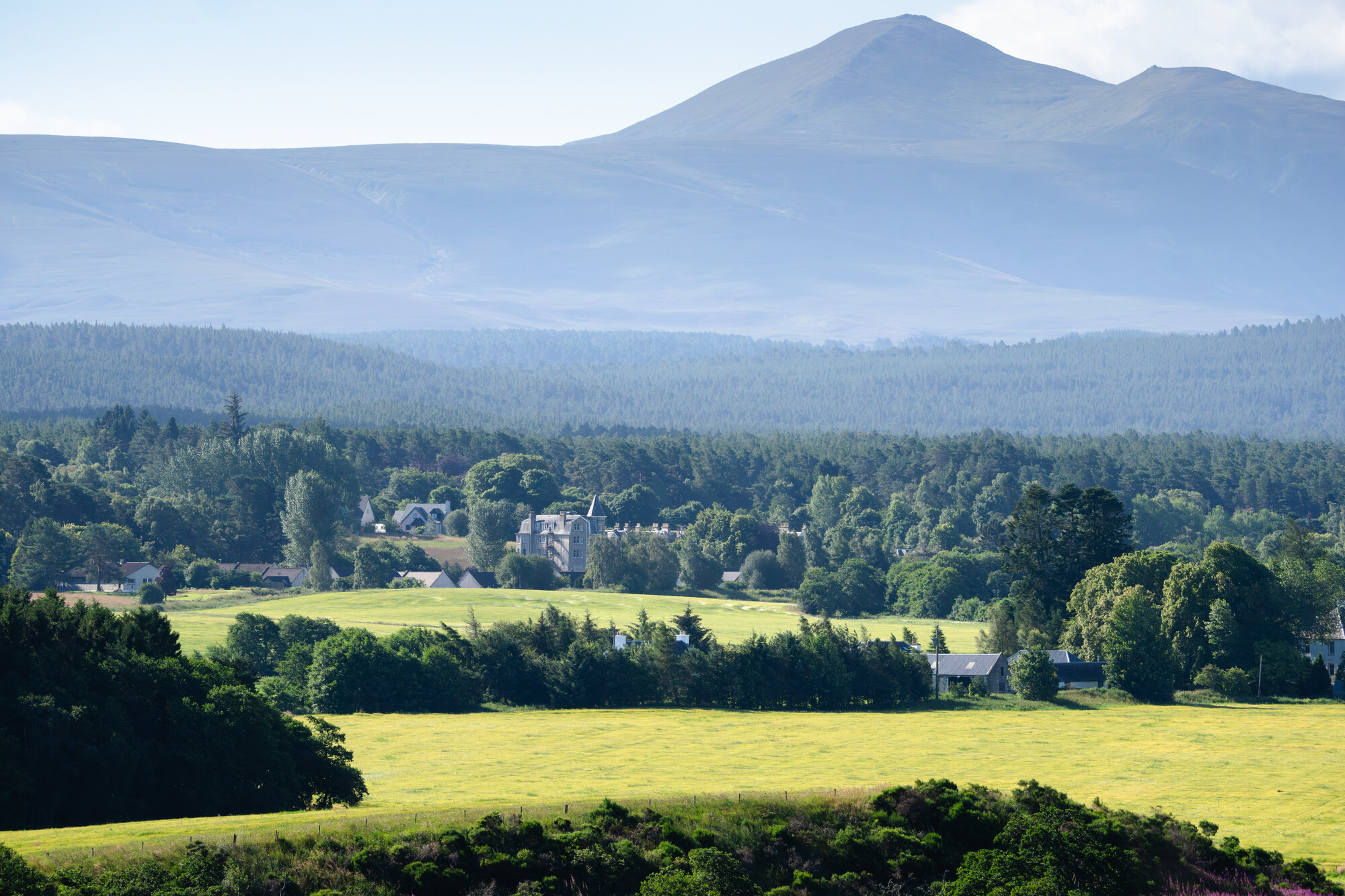
Being close to mountains and rivers, Dulnain Bridge also provides excellent opportunities for numerous other outdoor activities – from fishing to snowsports. Its quiet location offers a feeling of remoteness while maintaining good transport links, no matter your preferred mode of travel.
Set among a sea of woodland, Dulnain Bridge sits along the last reaches of the River Dulnain before it flows into the River Spey. Its centuries-old bridge, the village’s namesake, historically separated the counties of Morayshire and Inverness-shire.
With a population of less than 200, this Speyside village is small, but it has several amenities. These include a town hall, village shop, garage, play park, a post office and multiple accommodation options. The crofting community of Skye of Curr to the south plays an active role in village life, too, and provides allotment opportunities for locals who don’t have their own garden or growing space.
Dulnain Bridge has five community paths that wind through the surrounding woodlands, taking in local historical and natural points of interest. These include Muckrach Castle, a restored sixth-century castle; the Roches Moutonnées, glacial rock features that occur throughout the Cairngorms National Park; and places for spotting some of Scotland’s most elusive wildlife, such as stoats, roe deer and red squirrels. There are signs of early life in the region, too, in the form of Pictish carved stones and the two Stone Age coffins found in a burial cairn in Curr Wood.

Being close to mountains and rivers, Dulnain Bridge also provides excellent opportunities for numerous other outdoor activities – from fishing to snowsports. Its quiet location offers a feeling of remoteness while maintaining good transport links, no matter your preferred mode of travel.
Sources
Dulnain Bridge
key
facts







